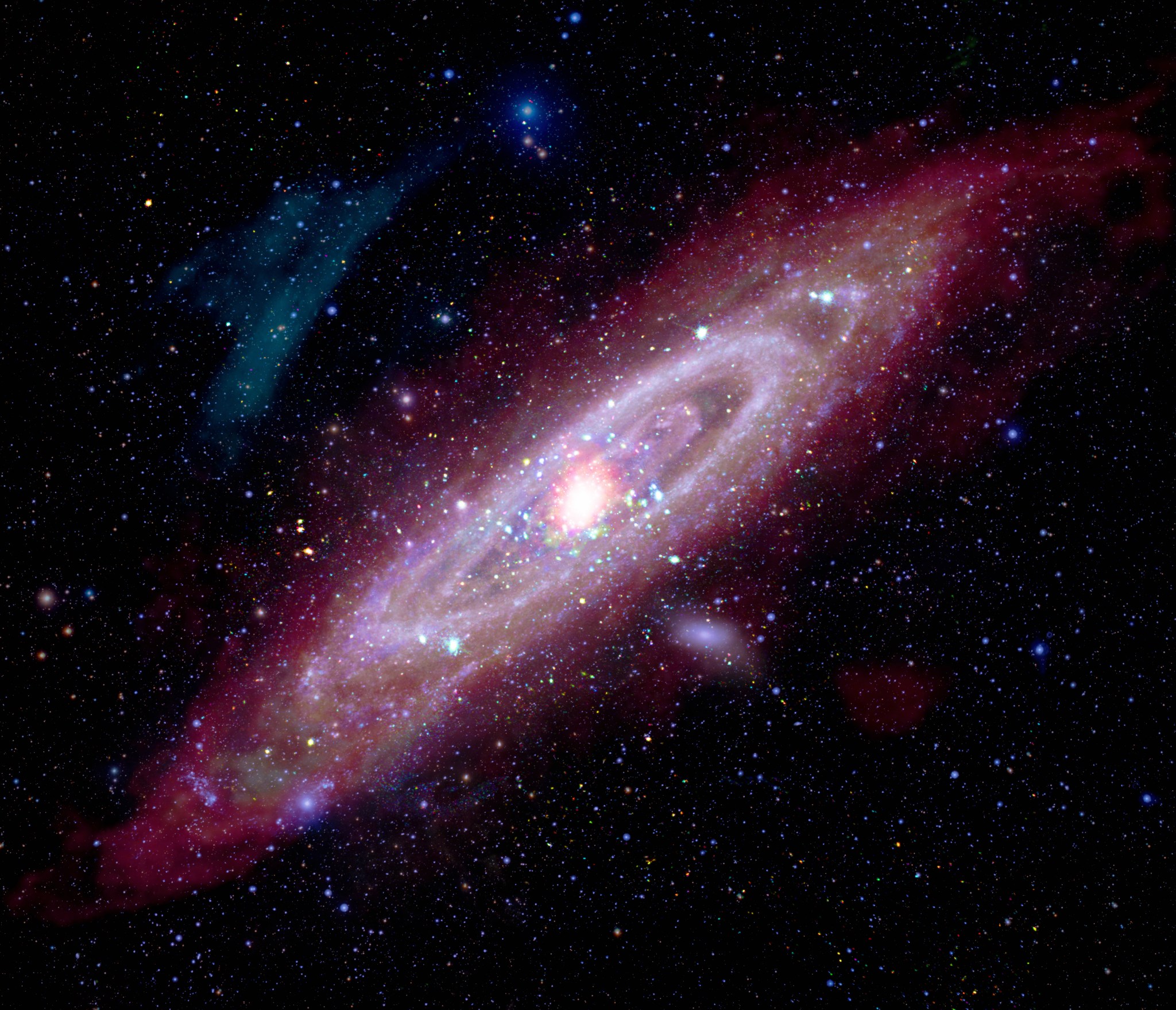Sparkling Andromeda
- The Andromeda galaxy (M31) was released as an image on June 25, 2025, to honor Dr. Vera Rubin’s groundbreaking legacy.
- M31 is the closest spiral galaxy to the Milky Way, located approximately 2.5 million light-years away.
- Astronomers use Andromeda to study the structure and evolution of our own spiral galaxy due to its proximity and accessibility.
- The image features data from various space telescopes, including X-ray, infrared, radio, ultraviolet, and optical observations.
- The discovery of “dark matter” in M31 by Dr. Rubin and her colleagues in the 1960s revolutionized our understanding of the universe’s composition and evolution.

The Andromeda galaxy, also known as Messier 31 (M31), is a glittering beacon in this image released on June 25, 2025, in tribute to the groundbreaking legacy of astronomer Dr. Vera Rubin, whose observations transformed our understanding of the universe. In the 1960s, Rubin and her colleagues studied M31 and determined that there was some unseen matter in the galaxy that was affecting how the galaxy and its spiral arms rotated. This unknown material was named “dark matter.”
M31 is the closest spiral galaxy to the Milky Way at a distance of about 2.5 million light-years. Astronomers use Andromeda to understand the structure and evolution of our own spiral, which is much harder to do since Earth is embedded inside the Milky Way.
Learn more about this image and experience in sound, too.
Image credit: X-ray: NASA/CXO/UMass/Z. Li & Q.D. Wang, ESA/XMM-Newton; Infrared: NASA/JPL-Caltech/WISE, Spitzer, NASA/JPL-Caltech/K. Gordon (U. Az), ESA/Herschel, ESA/Planck, NASA/IRAS, NASA/COBE; Radio: NSF/GBT/WSRT/IRAM/C. Clark (STScI); Ultraviolet: NASA/JPL-Caltech/GALEX; Optical: Andromeda, Unexpected © Marcel Drechsler, Xavier Strottner, Yann Sainty & J. Sahner, T. Kottary. Composite image processing: L. Frattare, K. Arcand, J.Major
